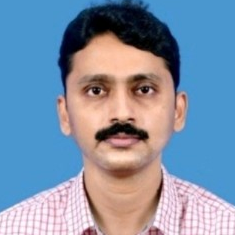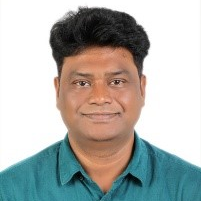Additive Manufacturing of Metallic Alloys
A special issue of Crystals (ISSN 2073-4352). This special issue belongs to the section "Crystalline Metals and Alloys".
Deadline for manuscript submissions: closed (31 October 2023) | Viewed by 6281
Special Issue Editors
Interests: sustainable additive manufacturing; laser additive manufacturing; metal additive manufacturing; material characterization
Special Issues, Collections and Topics in MDPI journals
Interests: materials processing, titanium alloys, superalloys, metal additive manufacturing
Special Issues, Collections and Topics in MDPI journals
Interests: laser rapid manufacturing (LRM); laser additive manufacturing (LAM); LAM of bio-implants; laser clad
Special Issues, Collections and Topics in MDPI journals
Special Issue Information
Dear Colleagues,
Additive Manufacturing is a technique for manufacturing complex-shaped components and components with intricate features in a layer-by-layer fashion directly from a digital file. AM evolved to build metallic components by transforming itself from a process for “design validation and prototyping” to a process for building “near-net shaped components”. The segment of additive manufacturing processes used for building metallic components is called metal additive manufacturing. Metal additive manufacturing provides freedom of shape design, material design, post-processing, and logistics, which attracts its deployment in several sectors, including aerospace, oil and gas, power, medical, and automotive, to build high-performance components. However, metal additive manufacturing suffers from various limitations, such as a lack of dimensional accuracy, defect formation, non-homogenous microstructure, anisotropic mechanical properties, etc. Thus, significant research is underway to make the metal additive manufacturing process more robust, reliable, and sought after for industrial applications in high technology sectors.
This special issue is devoted to publishing original research (full-length and short communication) and high-quality review articles relevant to recent advances in metal additive manufacturing. Potential topics for this Special Issue will include, but are not limited to, the following:
- Process optimization for metal additive manufacturing of different alloy systems;
- Metallurgical characterization of metal additive manufactured components;
- Process–structure–property relationships in metal additive manufacturing;
- Application of artificial intelligence and machine learning in metal additive manufacturing for process improvements, quality control, and inspection;
- In situ monitoring and closed-loop control of the metal additive manufacturing process;
- Emerging metal additive manufacturing technologies;
- Development of functionally graded and multi-material components using metal additive manufacturing;
- Tribological and corrosion behaviors of additively manufactured metallic parts;
- In-direct metal additive manufacturing processes such as fused deposition modeling, binder jetting, etc.;
- Post-processing of metal additive manufactured components;
- Metal additive manufacturing for nuclear, aerospace, and automotive applications;
- Metal additive manufacturing in microgravity.
We look forward to receiving your contributions.
Dr. Arackal Narayanan Jinoop
Dr. V. Anil Kumar
Dr. Christ Prakash Paul
Guest Editors
Manuscript Submission Information
Manuscripts should be submitted online at www.mdpi.com by registering and logging in to this website. Once you are registered, click here to go to the submission form. Manuscripts can be submitted until the deadline. All submissions that pass pre-check are peer-reviewed. Accepted papers will be published continuously in the journal (as soon as accepted) and will be listed together on the special issue website. Research articles, review articles as well as short communications are invited. For planned papers, a title and short abstract (about 100 words) can be sent to the Editorial Office for announcement on this website.
Submitted manuscripts should not have been published previously, nor be under consideration for publication elsewhere (except conference proceedings papers). All manuscripts are thoroughly refereed through a single-blind peer-review process. A guide for authors and other relevant information for submission of manuscripts is available on the Instructions for Authors page. Crystals is an international peer-reviewed open access monthly journal published by MDPI.
Please visit the Instructions for Authors page before submitting a manuscript. The Article Processing Charge (APC) for publication in this open access journal is 2600 CHF (Swiss Francs). Submitted papers should be well formatted and use good English. Authors may use MDPI's English editing service prior to publication or during author revisions.
Keywords
- metal additive manufacturing
- powder bed fusion
- directed energy deposition
- microstructure
- mechanical properties
- characterization
- functionally graded materials
- multi-material components
- post-processing
- in situ monitoring
- artificial intelligence
- machine learning
- process control
- process optimization







